By Karla Flore
In response to the rising demand for clean energy, Maze Environmental has launched a strategy to eliminate stack flare and fully reduce methane emissions.
CEO Brooks Pearce described the innovative strategies the company hopes to implement for the project, and the operational changes he and his team will make to differentiate themselves from other oil companies.
“We have discovered a groundbreaking new process that we believe will revolutionize the future of energy production,” Pearce said. “The Maze Method brings a new approach to upstream oil and gas stabilization. The process nearly eliminates stack flare and can reduce emissions by 100%. What this amounts to is more oil in the tank at less cost and lower emissions than ever before.”
The engineering team at Maze Environmental is focused on innovating various aspects of field operation, such as the pressure, temperature and the way the pipes flow through the equipment, while still maintaining a traditional operational system. The unique enhancements have proven to lower general operating pressures, reduce flame stacks and most importantly, reduce emissions.
“I had an idea to make my job easier. I was working out in the field and I wanted to standardize what I was doing,” Pearce said. “I never thought it would get to where it is now.”
With 25 years of oil and gas experience under his belt, Pearce launched Maze Environmental in hopes of facilitating a cleaner, more efficient process of oil and gas operation while assisting companies with environmental compliance as the federal and state governments begin to enforce stricter regulations on the oil and gas industry.
A Wall Street Journal report from June of this year outlines how the Biden administration has moved to “restore environmental regulations to limit the amount of methane that leaks from U.S. oil and gas production facilities” which former President Donald Trump curtailed during his administration. Current research indicates that cutting methane emissions from industry sectors like energy production and agriculture shows potential to “slow the rate of the planet’s warming by as much as 30%.”
“The amount of energy that is burned and wasted, people don’t know actually how much is it, and that has always driven me to see what else can there be,” Pearce said.
In addition to emission reduction, the startup’s new approach to upstream oil and gas stabilization has been shown to reduce oil “shrink” and increase net salable oil and gas volumes. Pearce especially sees the importance of ensuring companies are environmentally compliant with new regulations. After President Biden signed-off on measures “cracking down on climate-disrupting” methane emissions, environmental activists in the Lone Star State are gearing up to ensure the state government enforces the newly restored regulations.
Cyrus Reed, interim director and conservation director of the Sierra Club’s Austin-based chapter told Texas Climate News that their “next step is making sure that TCEQ [Texas Commission on Environmental Quality] does whatever it needs to do to reincorporate those requirements,” Texas Climate News reports. According to the EPA’s recently published regulatory agenda, the agency plans to consider proposing new regulations by September which would “establish emission guidelines for methane emissions” on existing oil and gas operations.
Pearce believes that by utilizing Maze Environmental’s new approach to upstream oil and gas stabilization, companies will benefit both financially and operationally, stating that “at the end of the day, Maze reduces your capex and increases your revenue. It’s a simple solution.”

